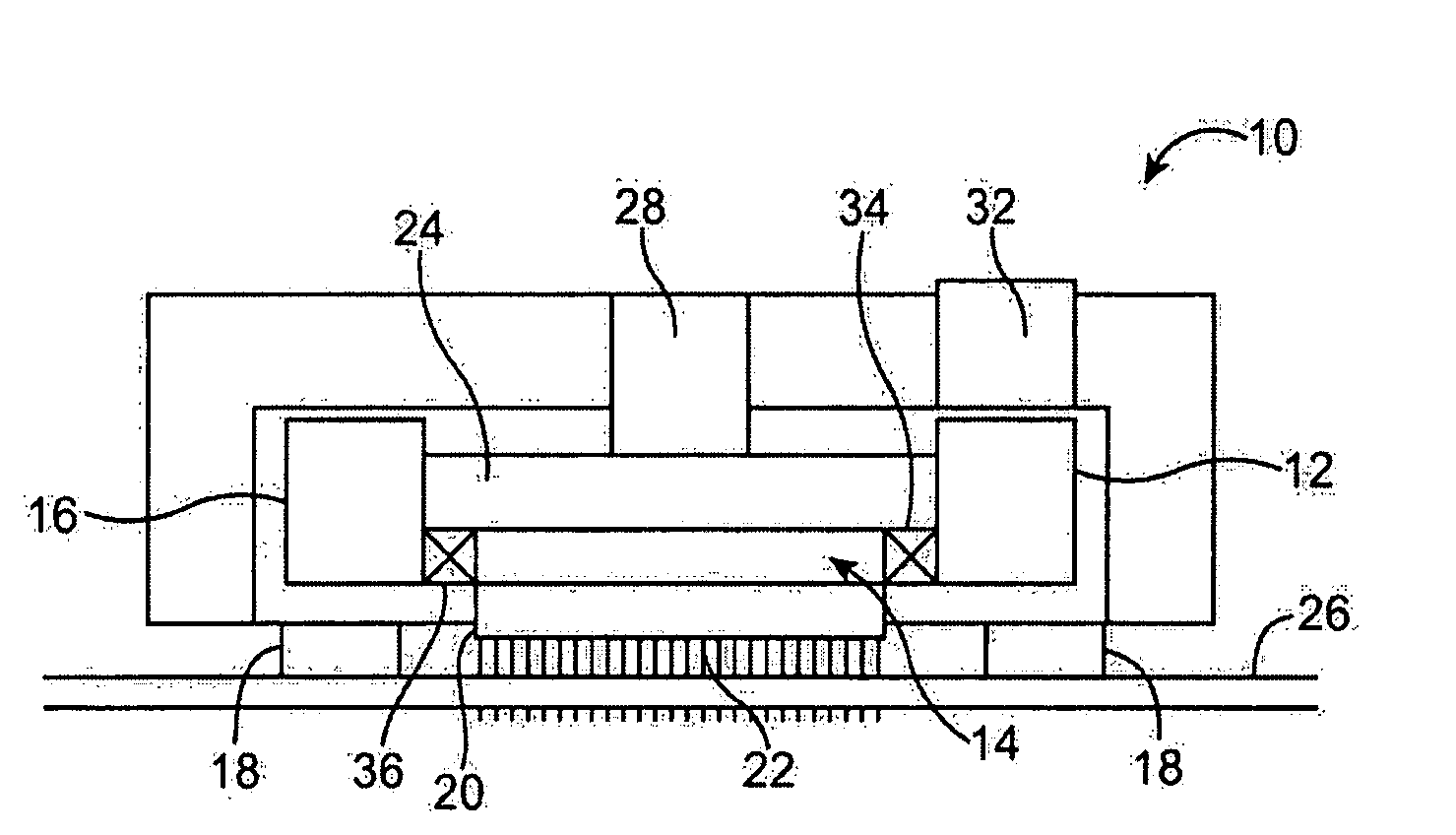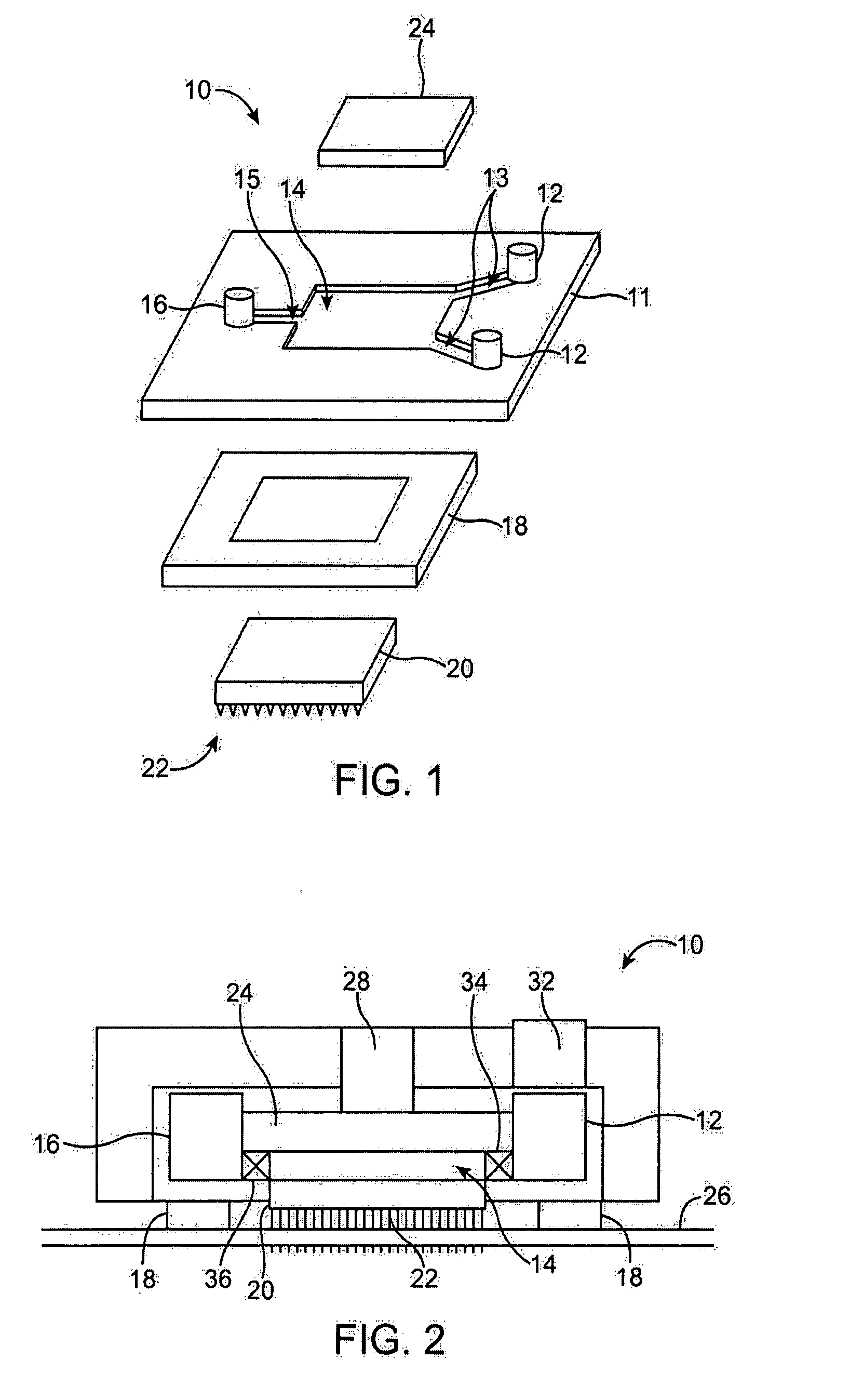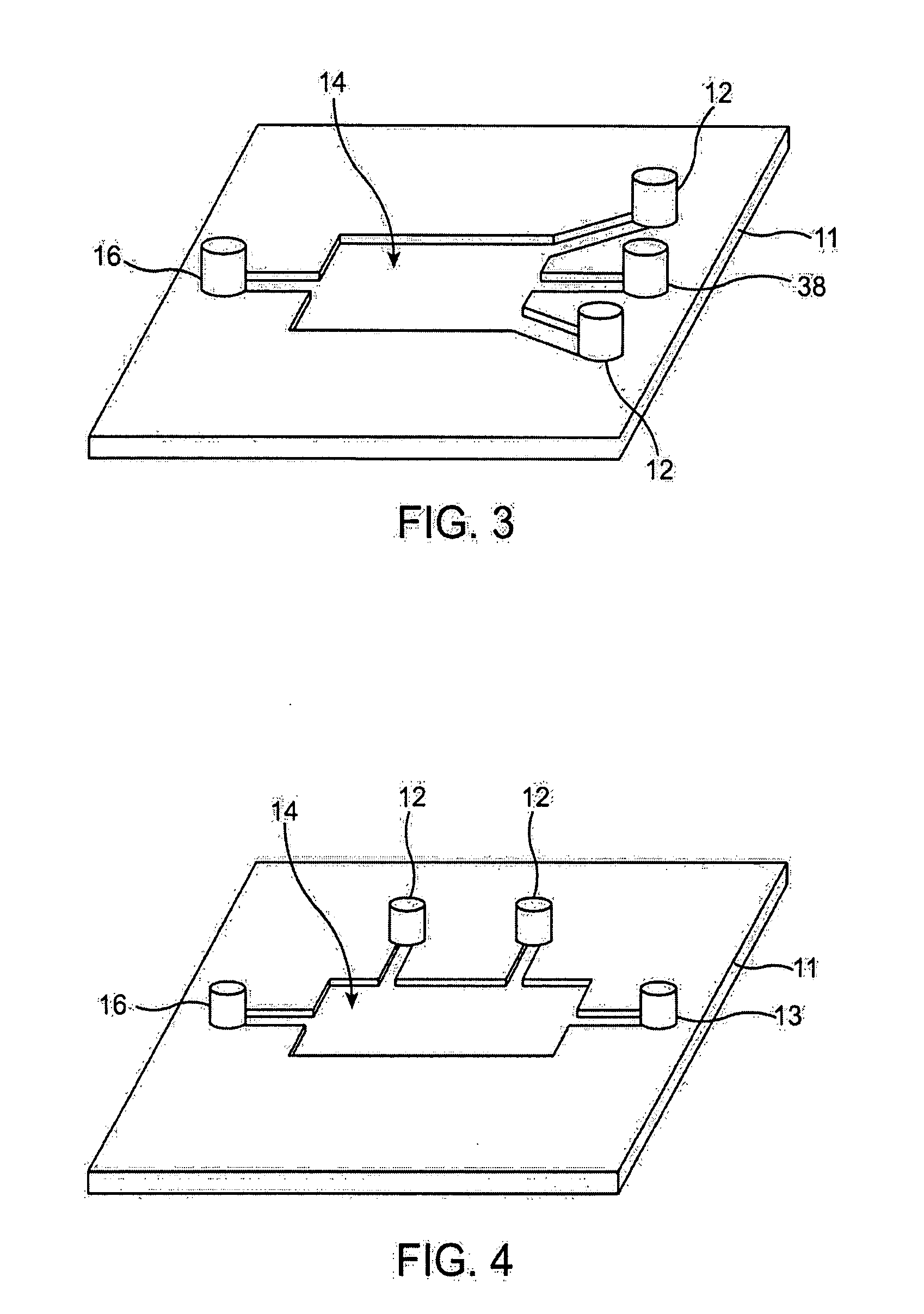Continuous analyte monitor with multi-point self-calibration
a continuous analyte monitor and self-calibration technology, applied in the field of systems, devices, tools, can solve the problems of blood glucose levels below 80 mg/dl, response is not functioning properly, and diabetes is a life-threatening diseas
- Summary
- Abstract
- Description
- Claims
- Application Information
AI Technical Summary
Benefits of technology
Problems solved by technology
Method used
Image
Examples
Embodiment Construction
[0045]While many of the exemplary embodiments disclosed herein are described in relation to monitoring glucose levels in people with diabetes, it should be understood that aspects of the invention are useful in monitoring glucose levels in people without diabetes, or for monitoring an analyte or analytes other than glucose. For example, the present invention may be used in monitoring the concentration, or presence, of other analytes such as lactate, acetyl choline, amylase, bilirubin, cholesterol, chorionic gonadotropin, creatine kinase (e.g., CK-MB), creatine, DNA, fructosamine, glutamine, growth hormones, hematocrit, hemoglobin (e.g. HbAlc), hormones, ketones, lactate, oxygen, peroxide, prostate-specific antigen, prothrombin, RNA, thyroid stimulating hormone, troponin, drugs such as antibiotics (e.g., gentamicin, vancomycin), digitoxin, digoxin, drugs of abuse, theophylline, and warfarin. Accordingly, use of the word “glucose” herein may be taken to mean any analyte, depending on ...
PUM
 Login to View More
Login to View More Abstract
Description
Claims
Application Information
 Login to View More
Login to View More - R&D
- Intellectual Property
- Life Sciences
- Materials
- Tech Scout
- Unparalleled Data Quality
- Higher Quality Content
- 60% Fewer Hallucinations
Browse by: Latest US Patents, China's latest patents, Technical Efficacy Thesaurus, Application Domain, Technology Topic, Popular Technical Reports.
© 2025 PatSnap. All rights reserved.Legal|Privacy policy|Modern Slavery Act Transparency Statement|Sitemap|About US| Contact US: help@patsnap.com



